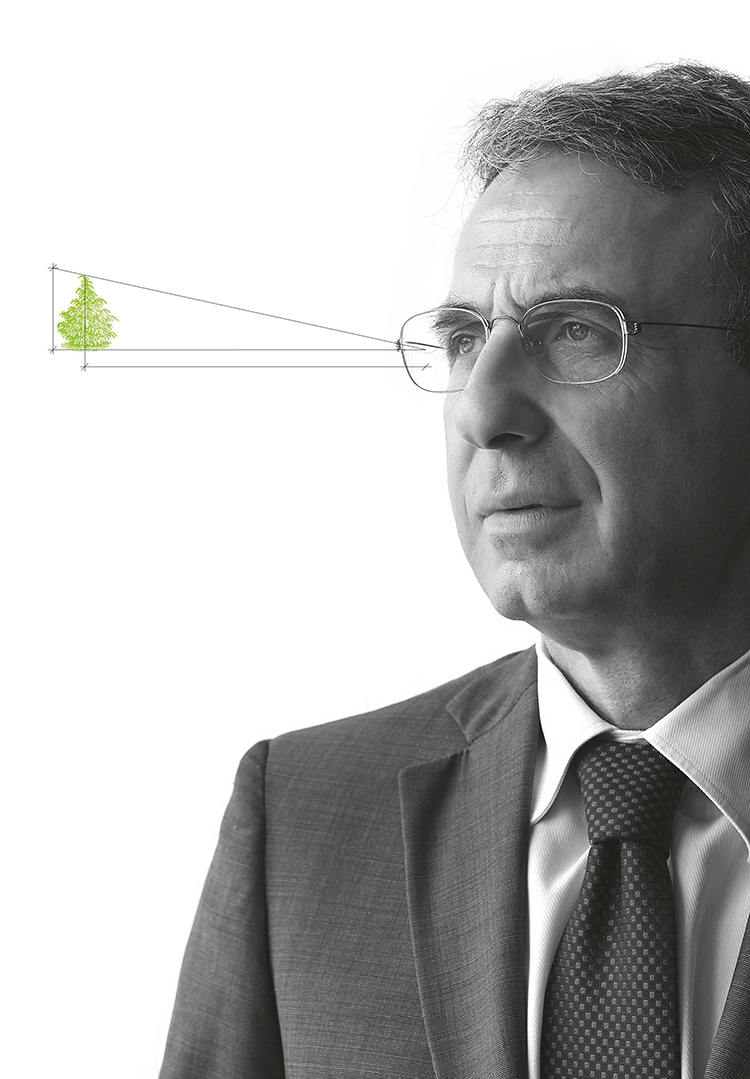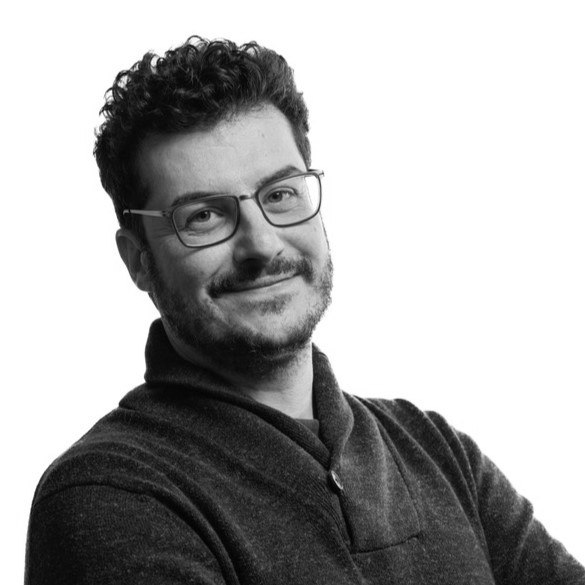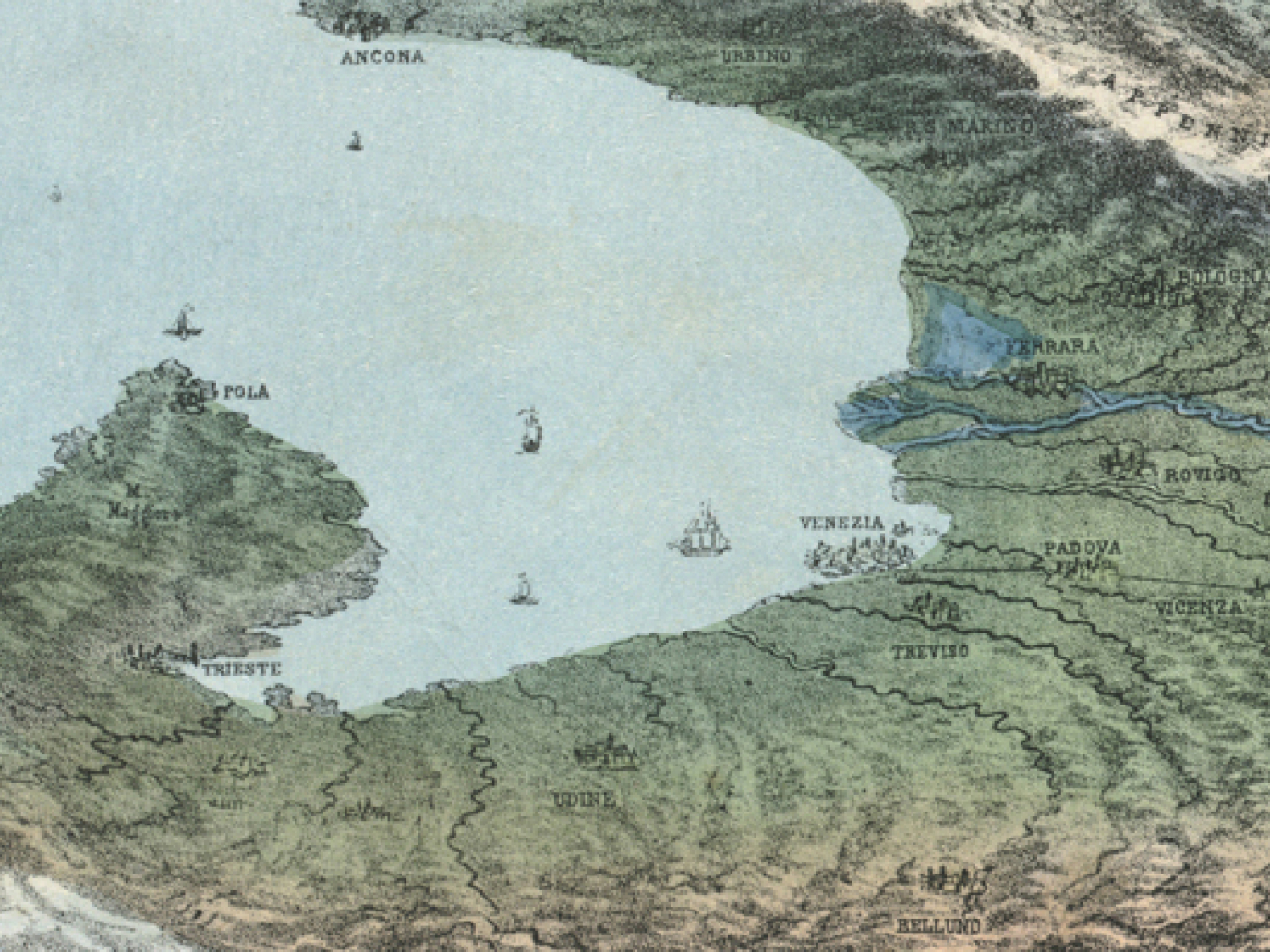
Sergio Costa is the new Italian Minister of the Environment; he was nominated on the 1st of June of this year. He is considered one of the technical ministers of the 65th Italian government, composed by the populist party Movimento 5 Stelle and the right wing conservative and localist party Lega, led by Matteo Salvini, which together have formed a government agreement founded on a programme alliance. This 59-year-old man is quiet and has a political aplomb, Costa covered the role of Regional Commandant of the Campania Region’s Forest Carabinieri and was always in the frontline of the battles against the Terra dei Fuochi (Land of Fires) and eco-mafias*. The minister released an exclusive interview with Renewable Matter, in order to take stock of the situation on waste, strategies for plastic, EPR, biomechanics and much more.
How important is the circular economy for the new government?
“It is vital, if we consider the fact that one of the first actions carried out by the government was the decree on the reorganisation of the ministries that contain what we have called ‘Terra dei Fuochi’ (Land of Fires), approved by the Council of Ministries at the beginning of July; this decree transfers the competences on circular economy, as well as the Land of Fires and hydrological instability, from the ministry of Agricultural Policies to the Ministry of the Environment. This is the first time that such competence is actually declined and assigned to a ministry. It had always been an abstract concept until today and political actions that concerned this concept were neither organic nor coordinated. The circular economy theme is also very dear to the Prime Minister Giuseppe Conte, who has talked about this issue since his keynote speech in Parliament.”
What initiatives promoted by the Ministry of the Environment, Land and Sea Protection in the next few months will concern the circular economy?
“The ‘subject’ of circular economy will be tackled organically, by promoting the industry’s entrepreneurship starting from the removal of bureaucratic obstacles, since this is vital in order to facilitate the birth of a new economic paradigm. Recovery, reuse and recycling characterise the circular economy and allow us to envision a new environmental business system where entrepreneurs are able to proceed properly and citizens are put in contact with healthy products. If materials are reused, secondary raw materials will become a resource. In the last few days we have been preparing the first implementation decrees regarding end of waste in order to get specific materials out of the waste system and consider them secondary raw materials. We intend to recover lost time quickly. Furthermore, we are studying how to use fiscal leverage in order to orient consumers’ economic choices and the productive choices of companies, as well as ways to introduce the second hand bank, that would allow us to subtract enormous quantities of usable goods from the recycling cycle. The next Balance Law will introduce a mechanism through which consumers will receive fiscal concessions when they buy products with less packaging and define a system to support the companies that manufacture using less packaging. Waste must be stopped at the beginning of the production cycle and the main objective is to reduce the quantity of waste produced. We must also consider the need to implement a capillary door to door separate waste collection system, which should also have very high standards, since we don’t think it is enough to increase the amount of collected separated waste: we also need to increase the percentage of reinsertion in the productive cycle if we want to apply the principles of circular economy correctly. Finally, I attended a bilateral meeting at the G7 Environment in Halifax, Canada with the President of the American Environmental Protection Agency, Andrew Wheeler, on the theme of food waste: we prepared a road map of the actions and projects that must converge in order to collaborate on this front, following the work started at the G7 held in Bologna and following the tracks left by Italian law.”
MAATM and the Ministry of Economic Development (MISE) have elaborated a document for a strategy to implement the circular economy. What will be done with the work carried out until now?
“After we spread the message of how important it is to pass from a linear to a circular economy to companies, stakeholders and citizens, as well as their involvement, it is now time to govern the transition towards this new economic model, which means answering environmental and social dynamics properly and investing in the production competitiveness of the system. We must lay solid foundations for a new economy founded on sustainability and innovation, rethinking production and consumption models. The transition towards an efficient economy in resource use, with low carbon emissions and resilient to climate change, is the most important global challenge in order to reach sustainable and inclusive growth.”
Which are the most urgent steps in the fight against eco-mafias in Italy, especially with regards to waste?
“The fight against the many lands of fires present in Italy is one of my priorities. In order for it to be effective, I plan to carry out various initiatives, including strengthening the measures that are already in place in the legislation to prevent and suppress environmental crimes, through a partial reform of law 68/2015 (the law on environmental crimes, editor’s note) and implement activities that contrast eco-mafias and the Land of Fires that exist in Southern Italy and in most of the national territory, hence operating on a legislative level and following the logic and mechanisms of ‘polluters pay.’
As I have already said in the past, I believe in the effectiveness of the environmental ‘DASPO’: I think that whoever pollutes should leave the territory, since he doesn’t love that place. This is why I have already set up a commission – made up of magistrates, lawyers, and law enforcement – that is working towards the ‘service’ of law 68/2015 on eco-crimes where these instruments will be implemented. Furthermore, last summer, the ministry of Internal Affairs inserted waste storage sites within sensitive sites on my request. This translates into more control and prevention with coordination by prefectures: a further guarantee of prevention for citizens and entrepreneurs that could potentially be damaged, like in the case of plastic and paper waste deposits, which are unfortunately frequent of late. The mafias will be defeated where a virtuous cycle of recovery is born.”
What do you think the EU Commission should do in order to accelerate the plastic strategy? Are there any proposals coming from Italy on this matter? Could Italy reach a single use plastic ban by 2020?
“The ministry of the environment will be freed from single use plastic on October 4th, as I announced at the beginning of my tenure with the #iamenvironment campaign, where I launched the ‘Plastic Free Challenge,’ inviting other ministers, national and local institutions to take part. Many have done so: from the Senate of the Republic to the Chamber of Deputies and the Foggia University, The Lazio region, the Municipality of Imperia and the island of Lampedusa are just a few examples. Solid examples of how any one of us can immediately become a promoter of change. Therefore, to answer you question, we are trying to reach the objective by 2020. The ‘European strategy for plastic,’ that also incudes the objective of making all plastic packaging recyclable by 2030, is already effective, but Italy wishes to play its part with other measures, like the one I mentioned earlier. But also with a law I would like to call ‘Seasaver’: we would like to implement legislation that allows us to protect the sea from plastic, with fishermen as our allies. We are studying a legislative process in order to create an alliance with them, since these battles are won together.”
On top of waste, the EC must consider ecodesign: how can we incentivise circular products, and support the life extension of products?
“The 2009 community directive on Energy Related Products (ERP), notes how ecodesign disciplines energy related products through specific regulations, except those destined for the transport sector. It was the first directive regarding the product’s entire lifecycle and it is vital in order to improve energy efficiency by 20% by 2020. The regulation on ecodesign in Italy was implemented in 2016, signed by the Minister of the Environment at that time, in agreement with the Ministry for Economic Development, with the objective of supporting the eco-compatible production and design of electric and electronic equipment, in order to facilitate processing, reuse and recovery operations at their end of life stage. I think we must work on eco-innovation, a significant area for the development of the circular economy, supporting the companies within the industry, involving the public and private sector, so that Made in Italy may reacquire momentum and vigour.”
The development of EPR is still very bland, especially on the extension of product use-life.
“Extended producer responsibility has its role within the circular economy and the sustainable management of products. It is very important with regards to waste equipment, for example. As provided by the 2008 European directive, which dictates that producers must manage the final phase of the products they put on the market by paying the costs of disposal as well as taking care of their collection. A virtuous example that should expand to other sectors: EPR systems in Italy have reached results that must be maintained. The new European norms contained within the circular economy directives could allow for the exploitation of strengths, if applied correctly.”
Italy lacks a bioeconomy strategy, that needs to be combined with agricultural policies that are able to anticipate new trends (biomaterials, food waste management, eco-forestry). Will we see a change of gear?
“Bioeconomy is an opportunity for the environment, economy and society. Investing in it means being pioneers. However, Italy may not yet be ready, even though we should lay the foundations to create a solid industry that includes all the main sectors of primary production, from agriculture to fishing, from the paper industry to biorefineries and so on. This is clearly a concentrated theme with the Ministry of Agricultural Policies. There is great harmony on this issue, because we know that investing in the bioeconomy means creating new employment.”
Was a plan to simplify legislation so as to help the circular economy ever considered?
“As I was explaining earlier, removing bureaucratic obstacles is the starting point for a boost in the circular economy. This is why we created the commission for environmental simplification, a worktable attended by technicians as well as entrepreneurs from various sectors. They are the ones who feel the effects and consequences of a cumbersome and complicated system. We have to work according to a long term idea: aimed at constructing a healthy system, we will work towards reducing the production of waste and the actuation of the circular economy through end of waste regulation and the creation of reuse and recycling platforms. The key elements needed to elevate the country’s environmental quality are: the simplification of regulations, clear rules, and simple but effective procedures.”
How can we support proper environmental education for citizens? What initiatives do you have in store for the future?
“Promoting environmental knowledge, inviting citizens to engage in eco-virtuous behaviour in their everyday life and educating new generations to respect nature and the sea, are vital in order to aid environmental protection and attempt to leave a cleaner planet for future generations. Earlier, I mentioned the #iosonoambiente campaign which we decided to expand to seaside holiday locations, inviting Italians to avoid using ‘disposable’ plastic and to collect and dispose of plastic found on the beach in the appropriate containers. We will continue following this line and, including other themes and communication and awareness activities, like what will be done during ‘Ecomondo’ (Ecoworld) 2018. We are convinced that citizen participation will increase through environmental observatories and the total transparency of environmental information, which should become more accessible. We will start by simplifying AIA, VIA and VAS procedures on the ‘ioambiente’ web portal, with sections dedicated to specific themes, like the one on TAP which started at the end of October. Furthermore, we have been working with the ministry of Education to give way to an environmental education programme in schools from next year, starting from districts and children attending kindergarten. This is the only way we will be able to raise new generation of citizens that are more informed, aware and sensitive towards the environment.”
European plastic strategy, ec.europa.eu/environment/circular-economy/pdf/plastics-strategy.pdf
#iosonoambiente, www.minambiente.it/pagina/io-sono-ambiente-linee-guida-e-materiali-plastic-free



